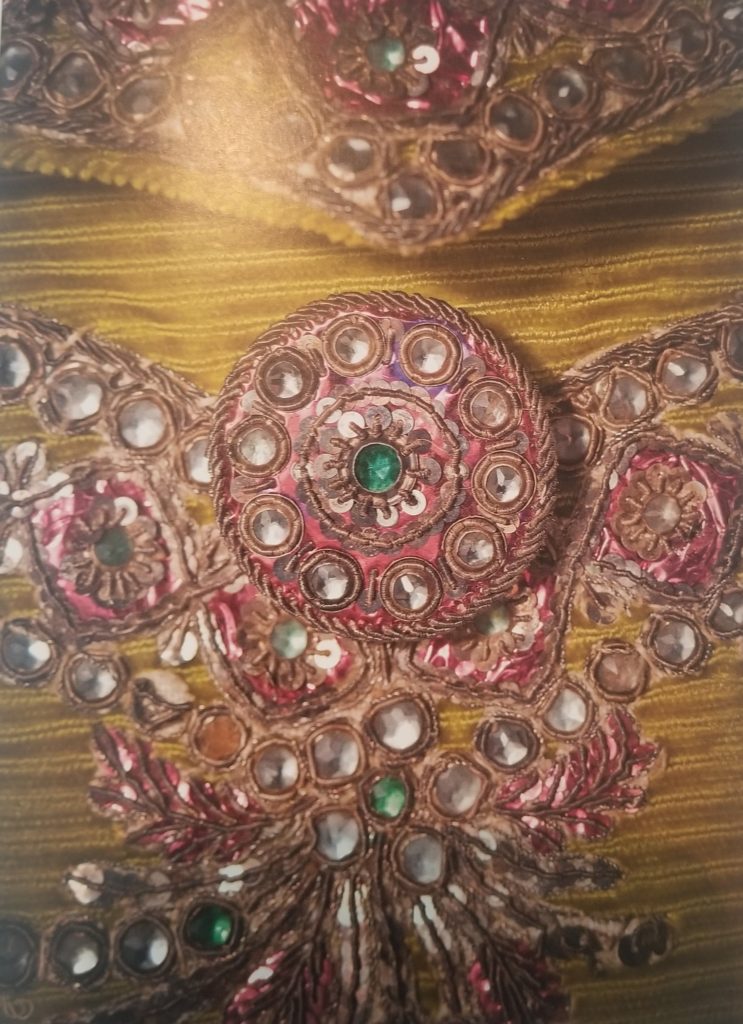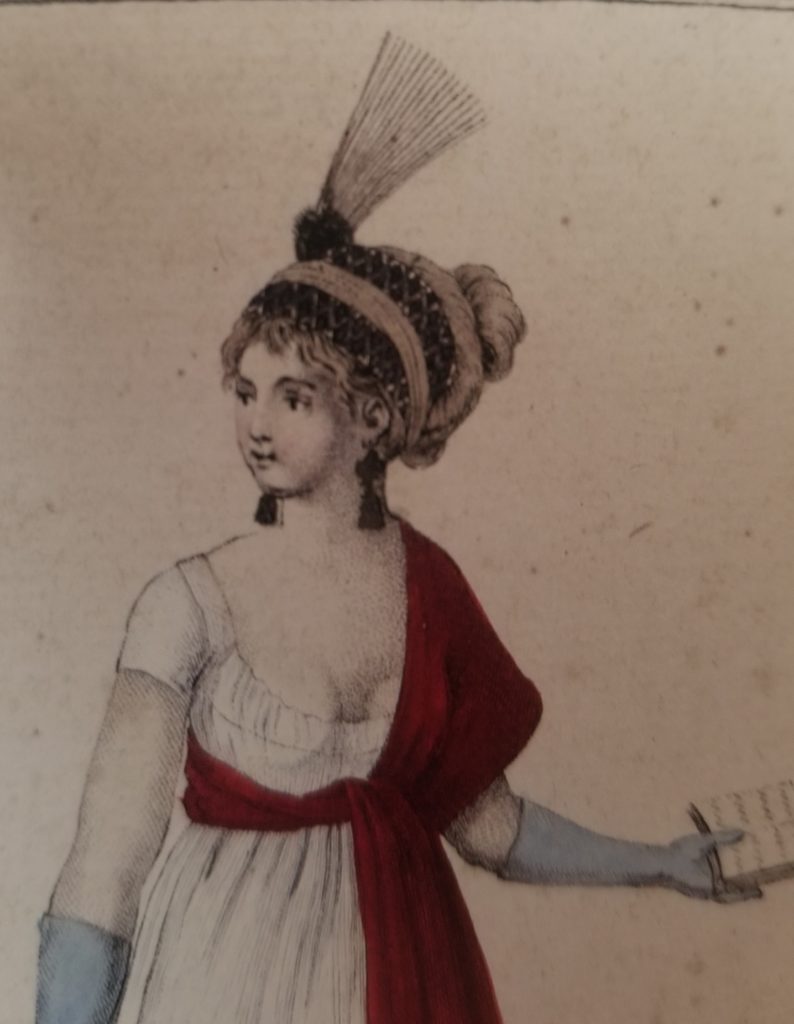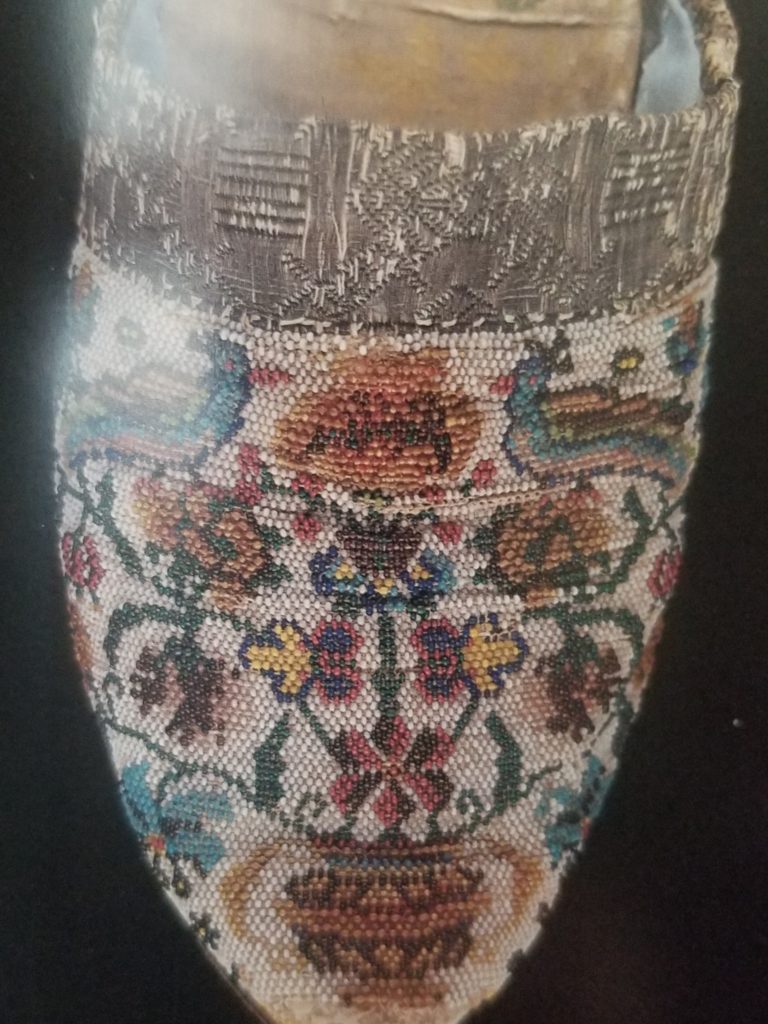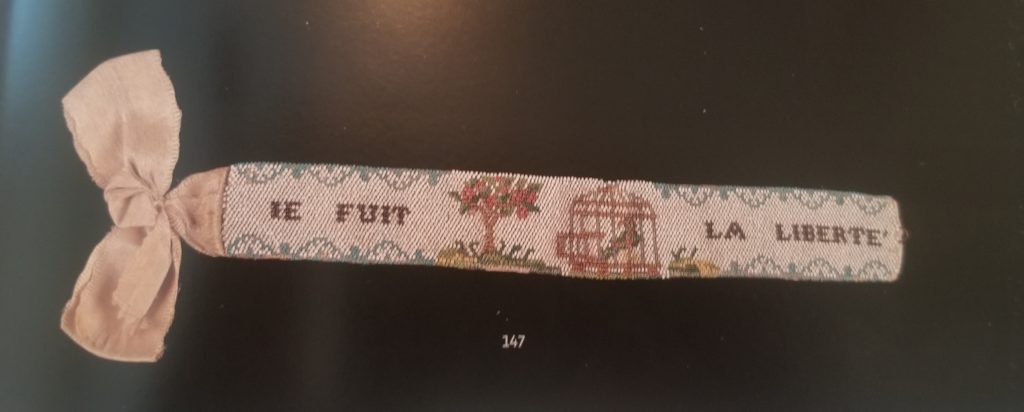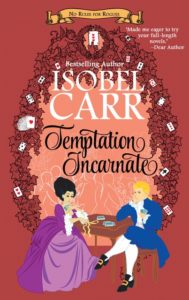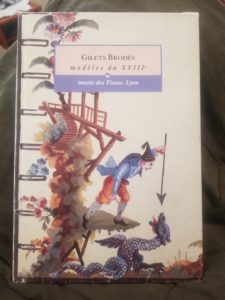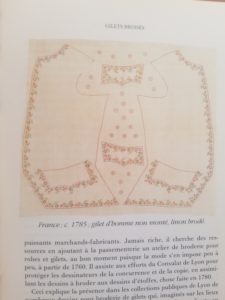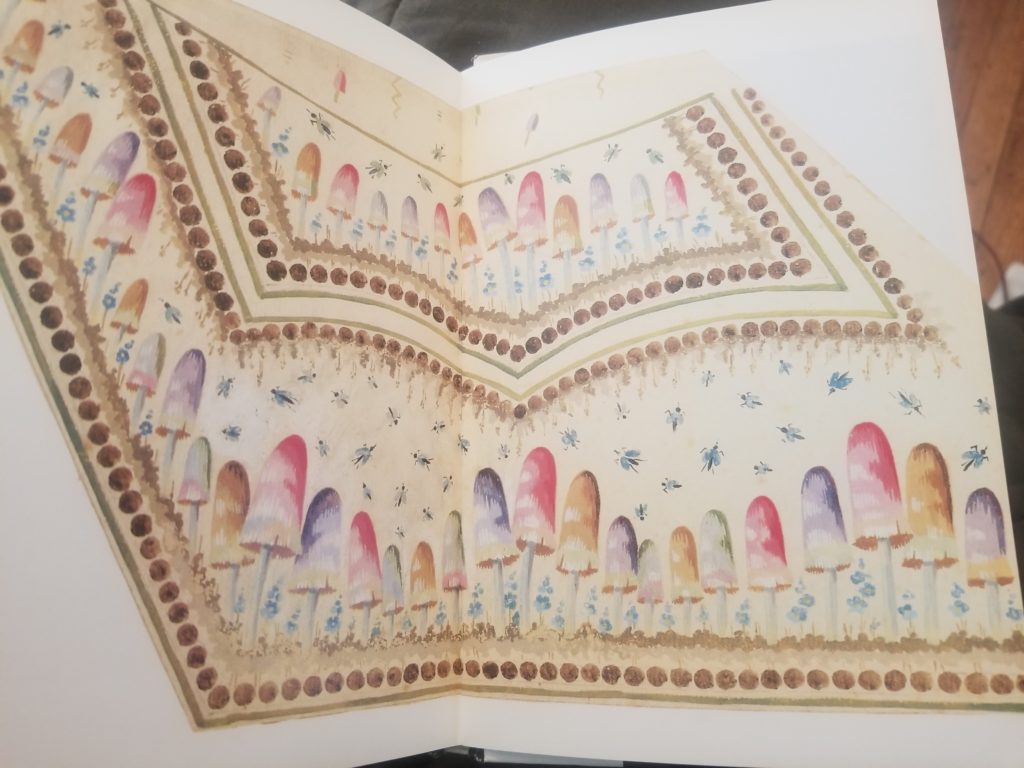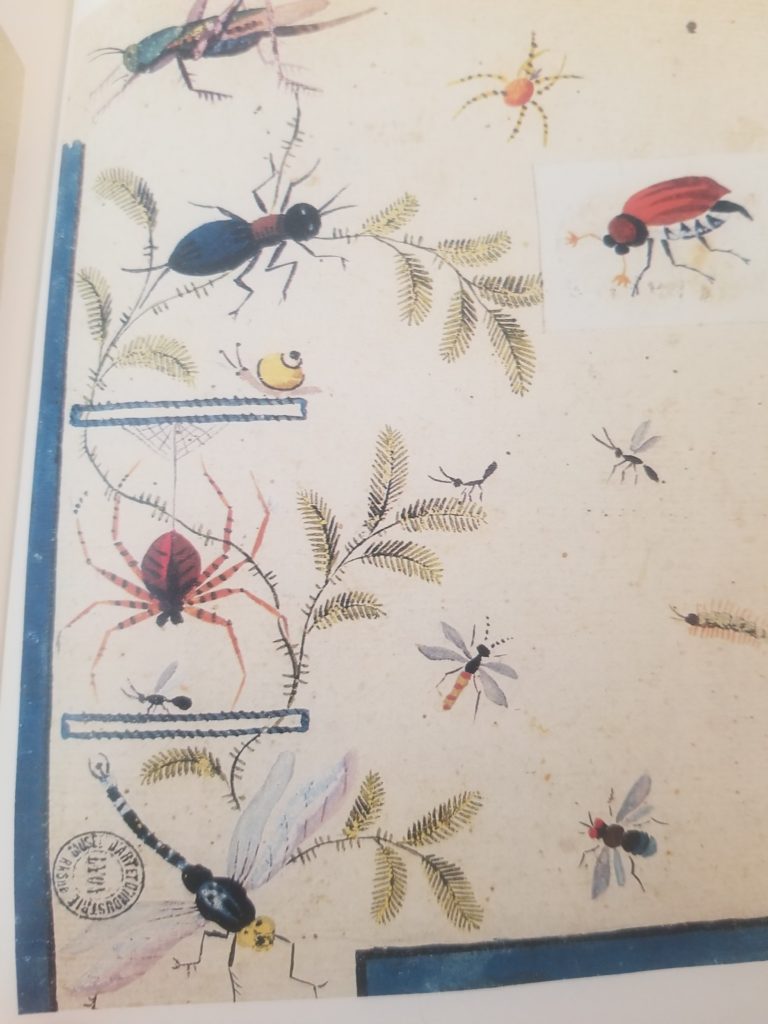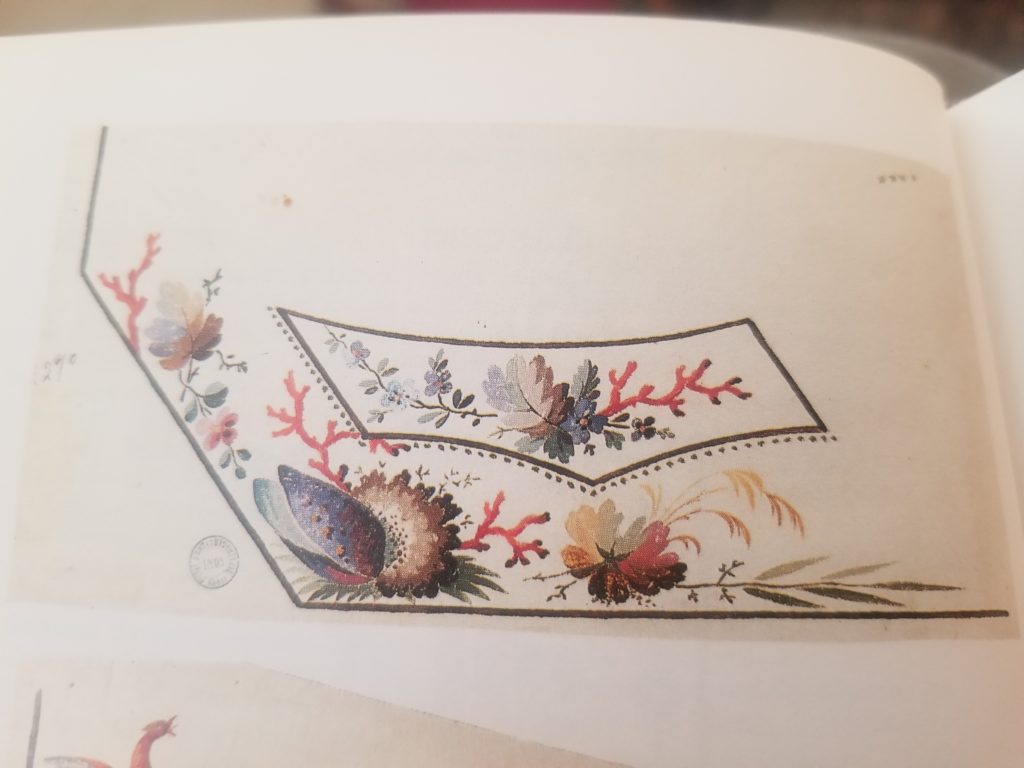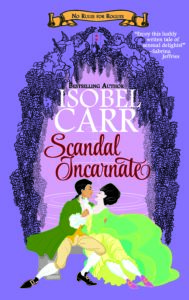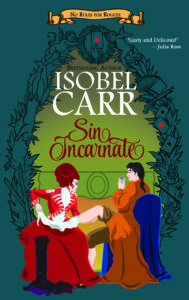I’ve been putting together another release (I know, it feels like a flood), so I thought I’d talk for a moment about short fiction. Shorts are very popular right now, and while many think it’s because they’re faster to write, honestly, a good novella or short story can take a really long time to produce. A friend who can write a hundred thousand word novel in six weeks once complained that it took her twice that long to write a novella.

I have a short that I wrote years ago for Arabella Magazine (anyone else remember that short-lived publication?) They published one original piece every month, and the novelette I wrote for them was the first thing I ever sold. When they folded before it came out, I was crushed. But then Kindle Shorts was a thing, and I thought I could get into that. I don’t remember exactly what happened, but it didn’t work out.
So I stil have this little novelette (shorter than a novella, longer than a short story)…I put it up on my website as a freebie. I have no idea how many people ever read it. But it seemed reasonable to put it out now that I’m self publishing and shorts are popular and accepted.
I also have an honest-to-god short story laying around. It was written for a Christmas blogathon based on the Twelve Days of Christmas (I got Three French Hens). It’s long since disappeared from the web, and it’s fun, so I added it in as a bonus.
It should be up for pre-sale any minute now…when Amazon gets the link up, I’ll come back and add it. And it’s a pre-SALE. 99-cents and then it goes up to $2.99.
TEMPTATION INCARNATE (sale is live!)
A beautiful viscount falls for his best-friend’s mannish sister. Yes, it’s classic me.
An impossible challenge … Eleanor Blakely is all too aware that her reputation dangles by a very slender thread, unfortunately, she’s found herself in the midst of a delicious series of wagers with a consummate charmer, and she can’t seem to stop herself from saying yes to every wicked proposition. Whatever twist of fate has kept his best friend’s sister on the shelf is a mystery to Viscount Wroxton, but when the inveterate little gamester suddenly catches his attention, she’s entirely is too fascinating to ignore. The fact that she has five enormous brothers is hardly worth thinking about—she’s thrown down the gauntlet, and he has no intention of losing, whatever the cost…


